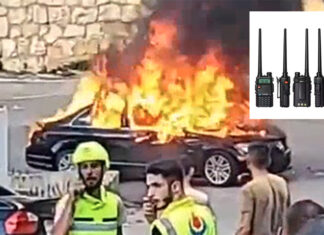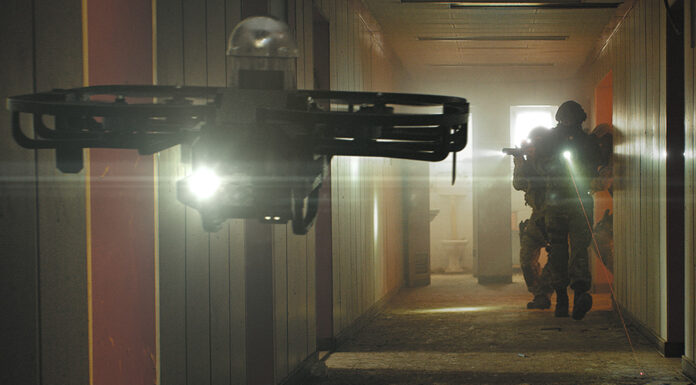A marked exception are the US Special Forces , which are already outpacing the Army by moving a new family of tactical radios. Their AN/PRC-117 is a multiprocessor-based, fully digital software-controlled, voice and data transceiver. Manpack or vehicular, the radio operates in multi-band, multi-mode tri-Service environment.
Whether this equipment was already available on that fateful incident last April could not be established by the author, but it goes to show that ‘where there is will there is solution’!
In general, during Operation Iraqi Freedom, there were ‘pockets of net-centric operations, but it was not a fully operational paradigm’, according to US defense officials. Indeed, not everyone in the armed forces is convinced yet. Retired Marine Corps general Paul Van Riper was so blunt that he and many of his colleagues in DOD “still have no clue what (NCW) is“, adding ” There’s a significant communications problem at the tactical units were out of contact in parts of Iraq, except for satellites, because there is not enough bandwidth to carry traffic on other systems”.
Tactical OIF commanders have also reported serious deficiencies in bandwidth problems, during critical operations. Significant time was devoted developing contingency plans for frequently encountered communications breaks. These were due mostly to overloads and lack of bandwidth. In the words of a Marine commander “We had minimal bandwidth and everybody wanted it at the same time” adding “I had one channel available to me, but if someone else was using it, I had to wait until they were finished“. That was certainly not the idea of the NCW concept!
Indeed, many of the frontline commanders in their after action reports claim, that there is not enough technology available for those warfighters, who need it desperately in high-risk combat environment. Although network-centric principles have been integrated into operations, the most essential command level, the joint task force commander and actual warfighter, the company and troop commanders, are yet to come into the game. But it is those combat levels, that need it most, as more and more fighting is in urban environment, where junior commanders have to take instant decisions, which can frequently impact on the entire warfighting scenario. Thus the next step would have to be “network-centric warfare for the warfighter”.
Additional parts of this article:
- Operation Iraqi Freedom C4ISR Lessons Learned
- Combat Implementation of the NCW Doctrine part I
- Combat Implementation of the NCW Doctrine part II
- Tactical C3 Performance
- Mobile Command Post Operation
- Tactical Operations Center Performance
- Beyond Line-of-Sight Communications
- Battle Command on-the-Move



















